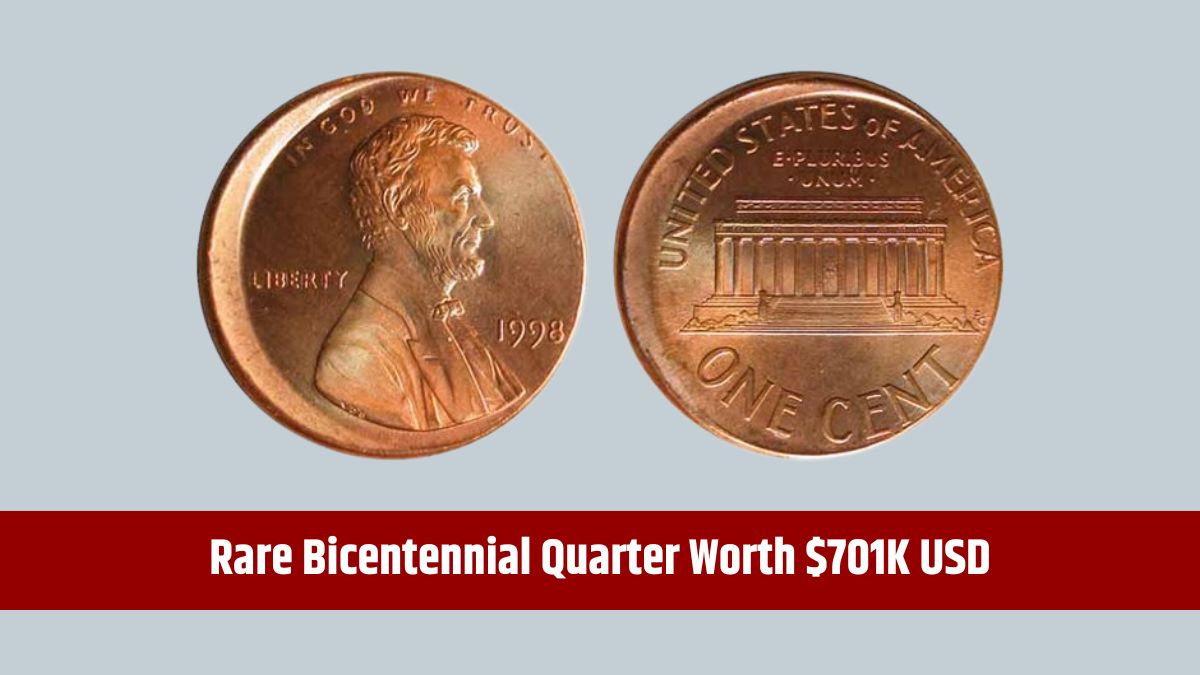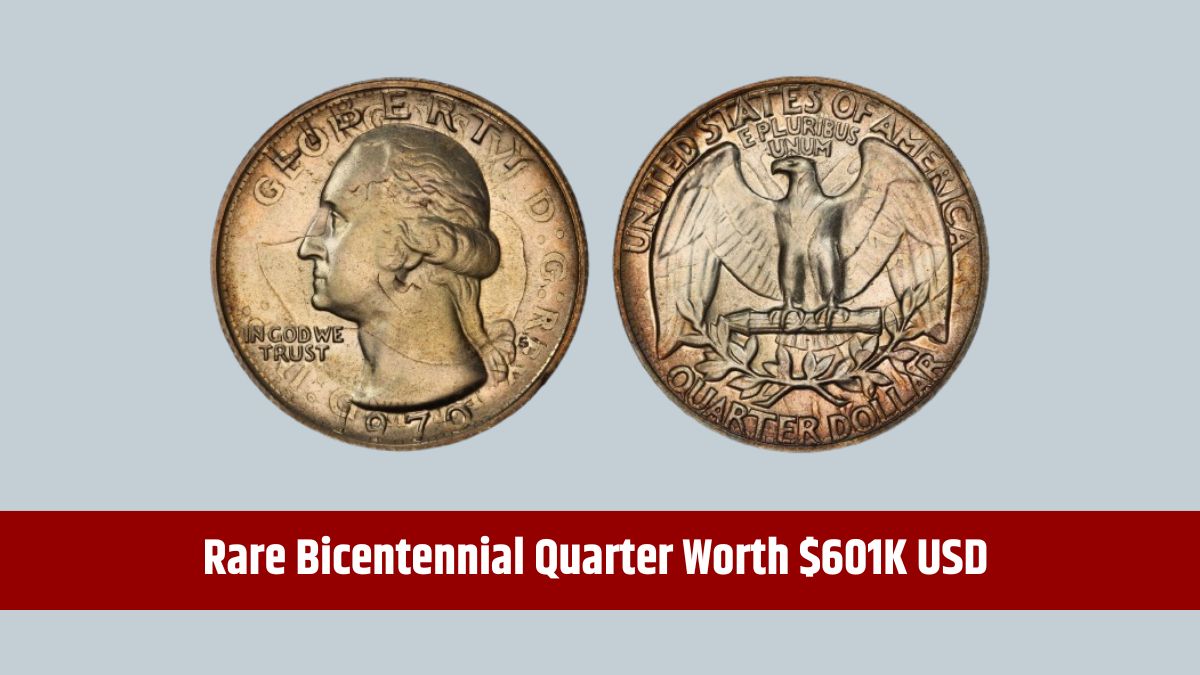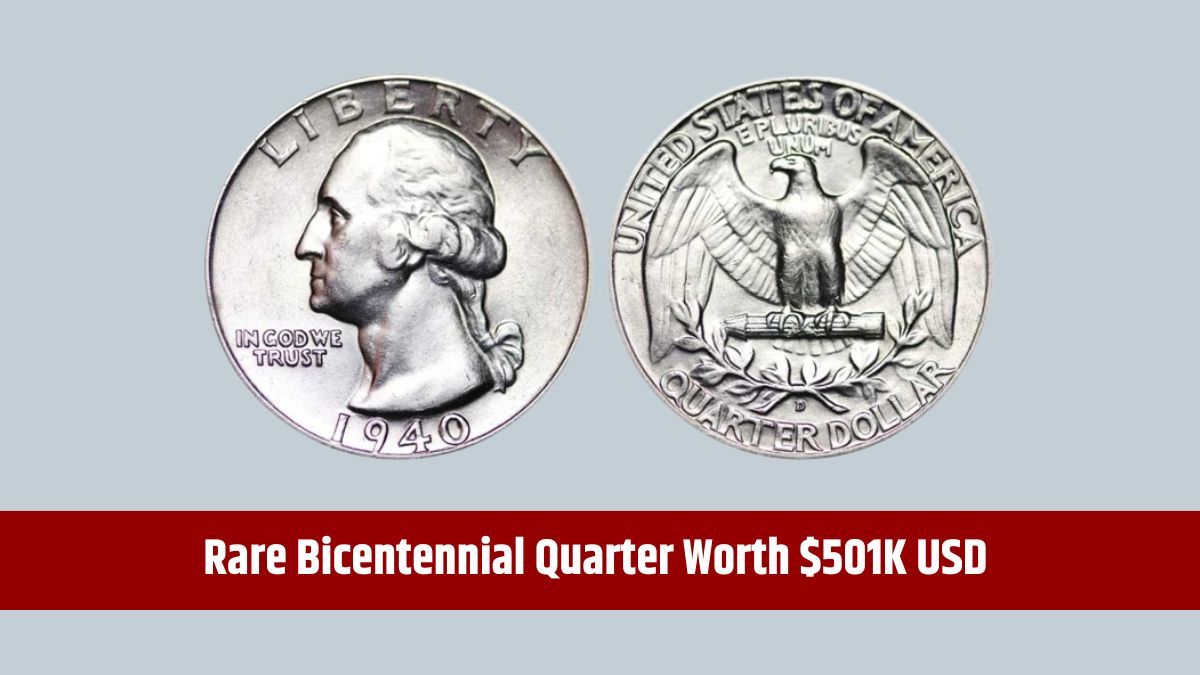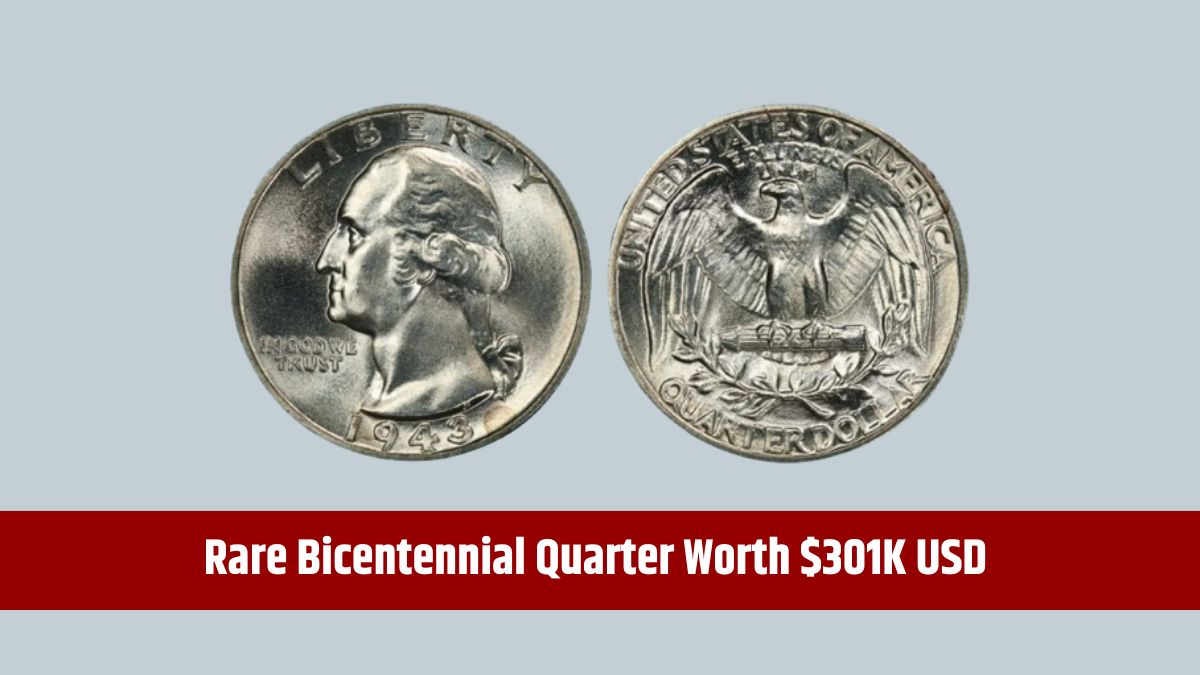Saving for retirement can feel overwhelming, especially in today’s uncertain economy. Many people expect their employer-sponsored 401(k) to handle most of the heavy lifting, and those fortunate enough to receive matching contributions from their employer feel somewhat secure. However, not everyone optimizes these savings opportunities, and as retirement approaches, it becomes clear that many workers are underprepared.
That’s where the Secure Act 2.0 comes into play. Enacted in 2022, this legislation introduced critical updates to retirement plans—one of the most impactful being enhanced catch-up contributions for older workers. This new rule aims to give employees the chance to build a more solid retirement fund during the final years of their careers.
Catch-Up
Many workers struggle with saving enough, and a 2023 CNBC survey of 6,700 adults revealed that about 40% of workers are behind in their retirement planning. This is worrying, especially with Social Security funds facing potential shortfalls. However, the Secure Act 2.0 offers some relief by allowing workers aged 50 and above to make higher 401(k) contributions beyond the standard limits.
Currently, employees over 50 can contribute an additional $7,500 to their 401(k) plans. Starting in 2025, those aged 60 to 63 will be allowed to contribute up to $10,000 or 150% of the current catch-up limit, whichever amount is higher. This will provide late-career workers with a vital opportunity to boost their savings during their final working years.
Impact
So, how much could these extra contributions help? In 2024, workers aged 50 and above can contribute a total of $30,500 to their 401(k) accounts—$23,000 in standard contributions plus the $7,500 catch-up amount. That’s a big jump, and it gives workers more flexibility to grow their nest eggs before retirement.
However, despite the potential benefits, many eligible workers aren’t taking advantage of these contributions. According to the 2024 Vanguard How America Saves report, only 15% of eligible employees made catch-up contributions in 2023, and the majority were high-income earners. Specifically, more than half of those earning over $150,000 and 40% of those with account balances exceeding $250,000 took advantage of the catch-up provision.
The increased limit in 2025 will offer even more savings opportunities, though the exact contribution cap has yet to be announced.
Roth
The Secure Act 2.0 also introduces changes to how catch-up contributions are taxed. Currently, workers can choose between pretax contributions or after-tax (Roth) contributions. However, starting in 2026, workers earning more than $145,000 from a single employer will be required to deposit catch-up contributions into Roth accounts.
This change means higher-income earners will need to pay taxes upfront on these contributions, but the withdrawals in retirement will be tax-free. Employees still have until 2025 to make pretax catch-up contributions, giving them a final opportunity to maximize savings under the old rules.
Planning
The higher catch-up limits provide a valuable tool for those approaching retirement, but workers need to plan carefully. Even with expanded contributions, neglecting these options could leave some scrambling in retirement. Whether you’re a high earner or on a more modest income, utilizing catch-up contributions can help you bridge any savings gaps and build a more comfortable future.
Taking full advantage of these contributions, especially before new rules take effect in 2026, is crucial. With proper planning, the new limits and Roth changes can be navigated smoothly to ensure you are financially ready for retirement.
FAQs
How much can workers aged 50+ contribute to a 401(k) in 2024?
They can contribute up to $30,500, including the $7,500 catch-up.
When does the higher catch-up limit for ages 60-63 take effect?
It begins in 2025, with contributions capped at $10,000 or 150% of the limit.
How many workers currently use catch-up contributions?
Only about 15% of eligible workers used them in 2023.
What happens to catch-up contributions in 2026?
High earners must make them to Roth accounts starting that year.
Can workers still make pretax catch-up contributions in 2025?
Yes, 2025 is the final year for pretax catch-up options before the change.









